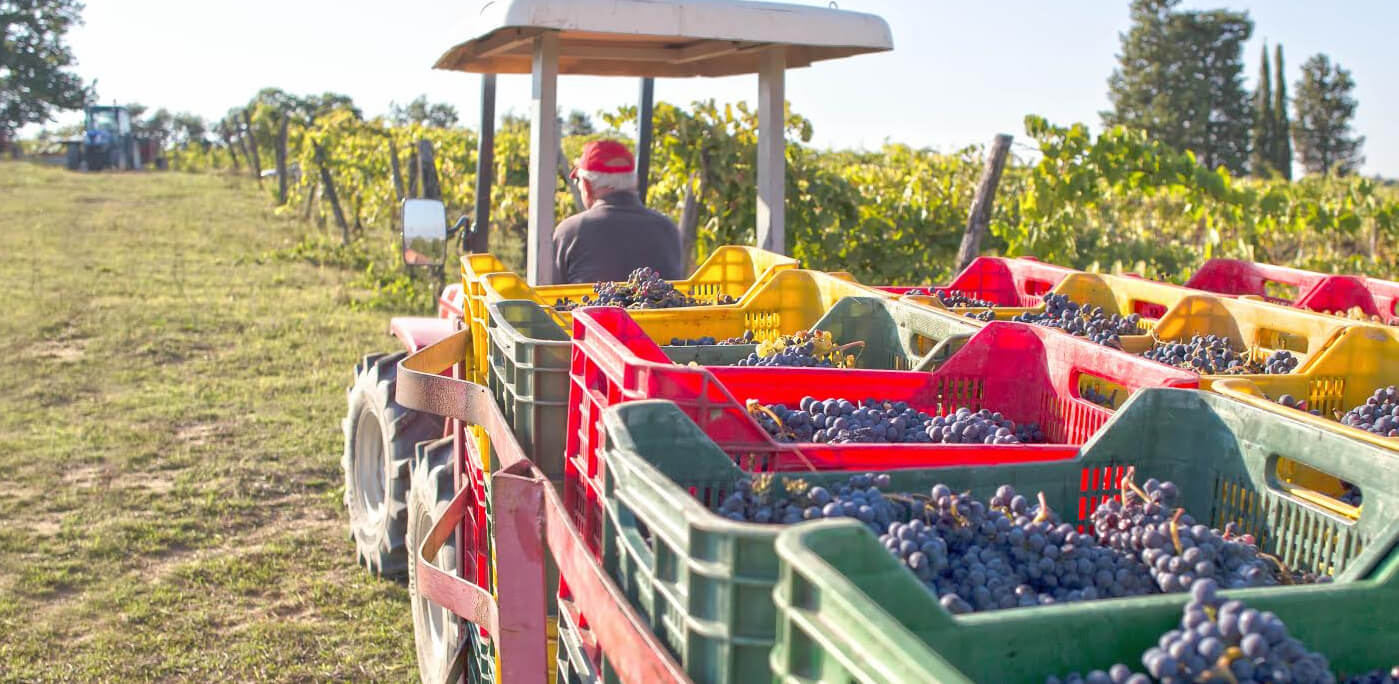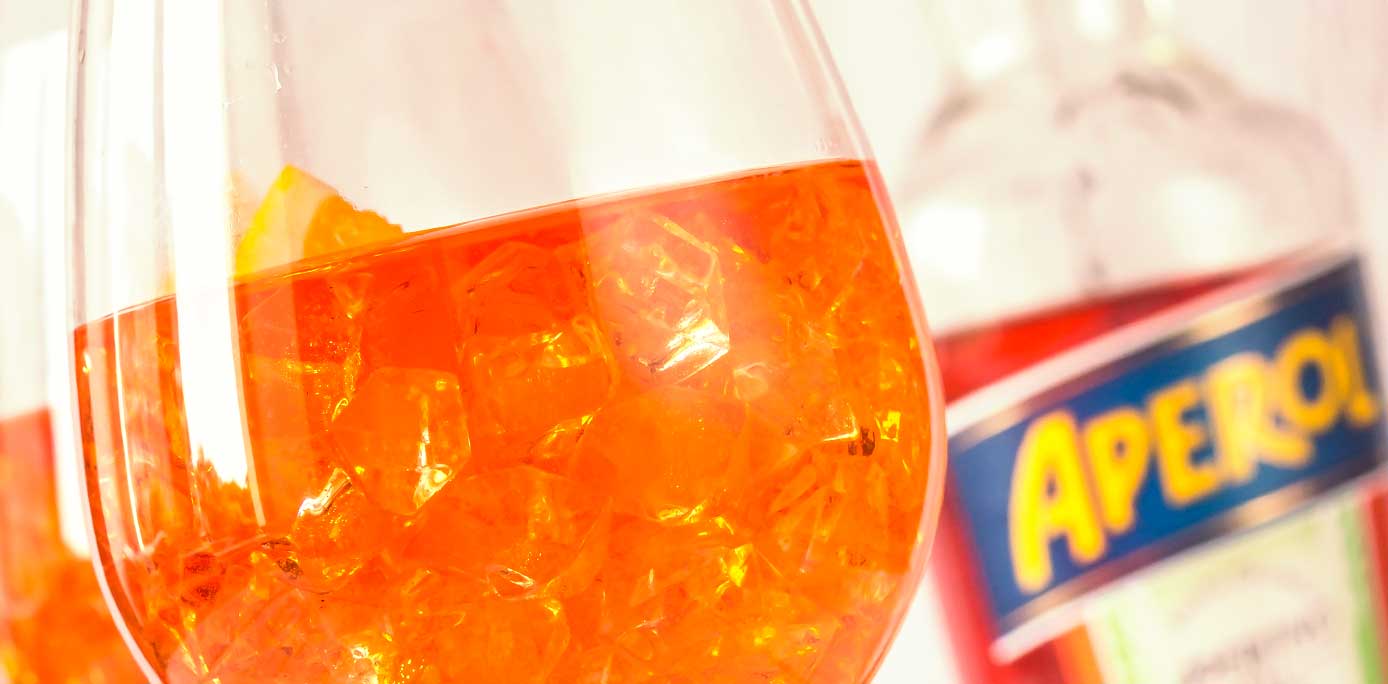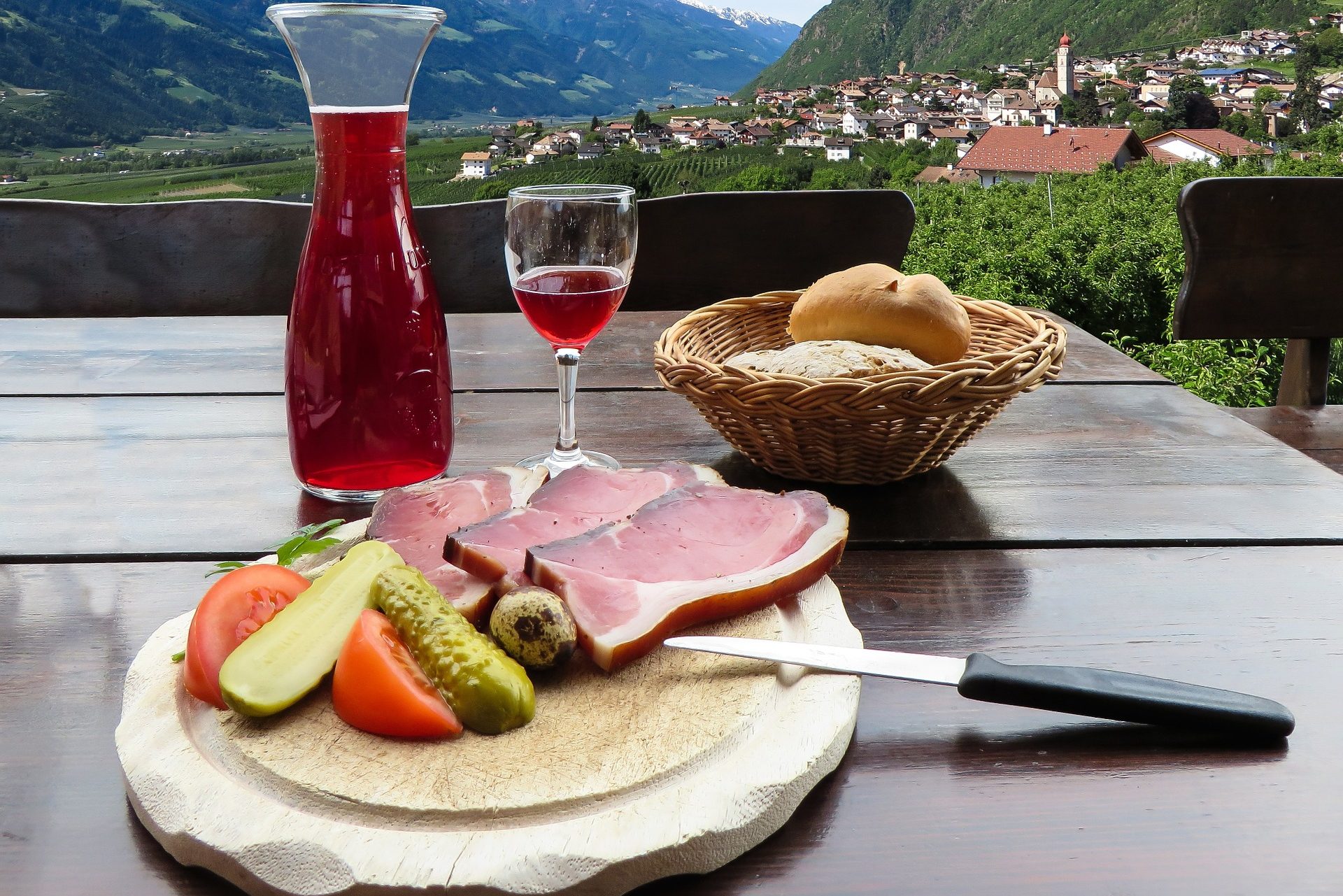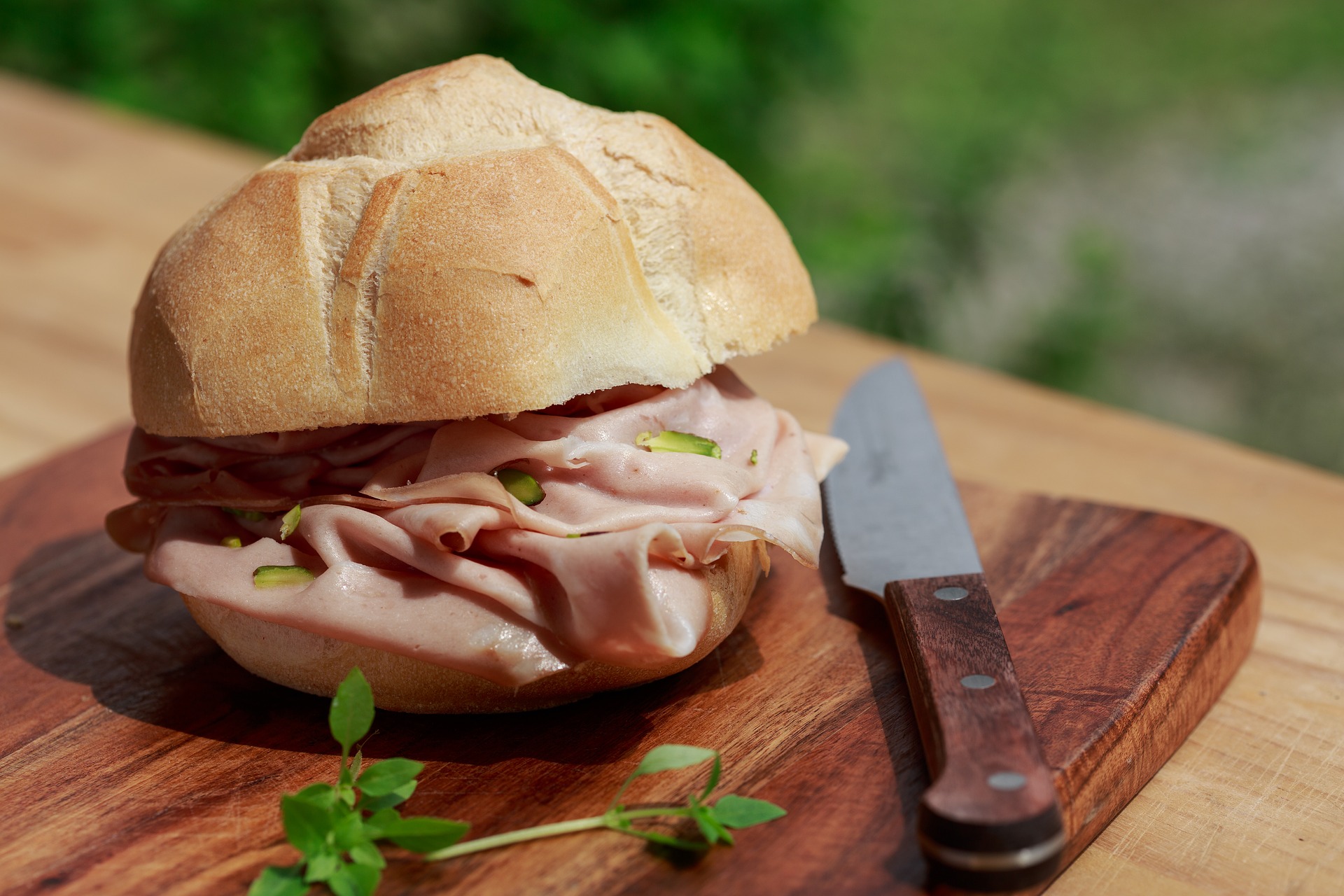Wines from the hills around Pisa made it solidly onto my radar in 2015 after a luncheon in New York with wine producers Matteo Cantoni and Luca Tommasini.
Their wines left an impression.
Here’s what I wrote in a follow up blog post, December 2015:
Admittedly, when thinking of terroir driven Sangiovese, Pisa has not been on my short list of territories. But, that all changed upon meeting wine producers Matteo Cantoni and Luca Tommasini of Fattoria Fibbiano and Azienda Agricola Sangervasio, respectively, whose wines have rather opened my eyes to the great potential of Pisa.
But, I wanted to see for myself what was happening in the area.
It took a year before the right opportunity to visit the region came along. I recently visited Tommasini and Cantoni on their home turf, as well as the wineries of Pietro Beconcini and Podere Marcampo. I remain not only excited about Pisa’s wines and great potential as a wine territory, I am feeling optimistic that the area is set to receive long overdue attention.
Along the half diamond angle traveled from San Miniato to Palaia, Terricciola and down to Volterra, a tight, somewhat under-the-radar community of Tuscan winemakers is producing wines of great energy, stunning freshness, a thrilling vein of saline minerality and considerable aging potential. One can find traditionally styled wines – Sangiovese married with indigenous local varieties like Canaiolo, Ciliegiolo, Colorino – as well as more modern interpretations – expressions of Cabernet and Merlot inspiring recollections of Bordeaux and Bolgheri. There is even Tuscan Tempranillo to be added and mouthwatering whites made from the likes of Colombana and Vermentino and let’s not forget Vin Santo. Importantly, whichever is in the glass never becomes unhinged from Tuscan tradition or sensibility.

That hidden among Pisa’s hills are talented individual wine producers making interesting wines has its own intrigue. But, I am interested, too, in what unites these producers and their wines in terroir and tradition. The producer community is bound together by a committed, deep respect for the territory, joining them, too, to a broader Tuscan agricultural tradition. Although each producer has their own style, each works with their selected grape varieties and what the territory gives them. As Matteo Cantoni aptly put it, “Producers here are like painters attending art school, all learning the discipline of art, but developing their own painting style.”
The sand and clay soil type enriched in varying degrees with marine fossils is a unifying terroir attribute among the wineries and testifies to the past presence of the sea bed. At Fattoria Fibbiano, where sea shell fossil material is so dense that one can bend down and pick them up in handfuls, Cantoni explains that, “Five million years ago, the entire area was a sea bed, a coral reef.”
At Pietro Beconcini, the winery’s delicious Vigna alle Nicchie bottling uses the Tuscan dialect “Nicchie”, giving a nod to ground where shell fossils are present. The presence of salts and minerals in the soil imbue the wines with a saline mineral identity.
Working organically or naturally is a pervasive mindset across the wineries’ production cycles. In 2015, I wrote of Fibbiano and Sangervasio, “…it’s my sense that the choice for natural agriculture is a passionate one, not merely marketing tactic but rather committed, lifestyle decisions.” After experiencing all four wineries operating at harvest time, that is to say, during a time of many production transparencies, my feeling has not changed one bit on this point.
I found all the producers to be meticulously detail-oriented at every production step. “Great wine requires many small things done right.”, said Cantoni, a mantra I heard repeated many times by each of the producers, all of whom are adamant that the string of things ‘done right’ especially begins in the vineyard. No argument.
The wines have a richness of expression akin to how acoustic musical instruments sound with richer tone and more depth than do electronic ones. They speak with a singular truth, call it, perhaps, an original Tuscan voice.
Producers Beconcini, Fibbiano, Marcampo, Sangervasio – are a new breed, messengers of Pisa’s great winemaking potential, representing a move away from quantity driven, unremarkable wines of days past toward a new, quality-minded production discipline aimed at serious, complex wines of great personality.
Pisa is fast becoming an essential reference point for Tuscan wine, indeed for Italian wine. Without it, one can hope to have only an incomplete vision of either. I am not in the business of making predictions. I leave such things to the weather forecasters. But, it’s my guess that Pisa’s wines will, more and more, be on your radar, too.
Tasting Note
Beconcini Vigna alle Nicchie
A velvety mouthful of dark cherry goodness, notes of leather, cigar, anise, baker’s chocolate.






























